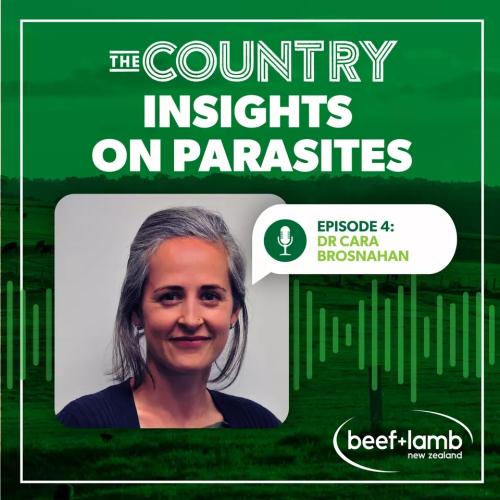Search results
Displaying 61 - 70 results of 1090
- … pasture to plate, or simply someone who wants to get off farm and make new industry connections with a bit of learning on the side, then this programme is for you!" … management. Personal Development, goal setting, leadership basics and mentors. Develop better decision-making skills for farm business systems. Learn new technologies and ideas to take back on to farm. Develop good team culture within the workplace. Understand the overall industry goals and aims. Continued … 1–2 April Feilding 1 May 28–29 May Palmerston North 29 July Bulls Mid Northern North Island 7–8 April Hamilton 1 May 26–27 May Hamilton 24 July Hamilton Eastern North Island 9–10 April Masterton 1 May 28–29 May Palmerston North 22 July …
- Factsheet… Protocol for using pasture test strips to identify a lack of molybdenum for clover growth …
- … The Department of Conservation (DOC) is leading the development of a new biodiversity strategy. A consultation on the proposed strategy closed 22 September 2019. … actions to protect our nature until the end of 2019. The new strategy will set a vision and guide our biodiversity work for the next 50 years. DOC held a public consultation on Te Koiroa o te Koiora from 5 August until 22 September 2019. Beef + Lamb New Zealand's feedback on the discussion …
- … This project aimed to understand how to better manage tagasaste (commonly known as tree lucerne) on-farm in the Hawkes’ Bay region and Taupō. … species grown in pasture-tagasaste systems. Background There is huge potential growth for the sheep and beef sector on hill country in New Zealand. Around 6 million ha of hill country is too steep to cultivate but represents 54% of the … Additionally, Tagasaste provides shade and shelter to support animal welfare. For more information on this project visit: https://www.sustainablehillcountrynz.com/ Key results Nutrition from tagasaste Trees in Hawke’s Bay produced ~2.7 …
- Podcast… Insights on parasites: episode four with Dr Cara Brosnahan …

- … B+LNZ is funded and directed by farmers via commodity levies paid on all sheep, beef and dairy cattle processed in New Zealand. … designed to support a confident sector with improved farm productivity, profitability and performance. Your levy goes on targeted programmes that deliver real results – on the farm, in the market, and at the policy table. A key part of our … effective and efficient ways of delivering benefits to you and safeguarding the future of our industry. Levies 2025-26 Under the Commodity Levies (Meat) Order 2021, the current rates of sheepmeat and beef levies (exclusive of GST) are …
- … and Animal Handling Water and Feed Behaviour The Physical Environment Husbandry Practices Disease and Injury Control On-Farm Humane Killing Contingency Planning Welfare Assurance Systems. Each part of the code is broken into three main … a prosecution. Example Indicators : these are the pieces of evidence that demonstrate a minimum standard is being met. For example, cattle in good body condition are an indicator that they are being appropriately fed. Recommended Best … pain relief when castrating lambs or calves. Full details of the proposed code and the consultation are available on MPI’s website here . B+LNZ’s view We believe there are aspects of the proposed code that need attention and we …
- Page… You’ll have heard the mantra ‘95% of worms on your farm are on pasture’. Learn about the drivers of worm challenge on your pastures so you can reduce worm intake by susceptible stock. … Where do the larvae live? The vast majority of your total worm population (85 to 95%!) lives on pasture – as L3 larvae. The rest are: In the soil – a few larvae and eggs. In dung pats – eggs and developing larvae. … (bottom 2.5 cm of your pasture) makes up much of the rest of the worm iceberg, especially in sheep-grazed pasture. For cattle-grazed pasture the lower sward is ‘the bottom 1/3rd of the pasture’. More L3 larvae like to live in the lower …